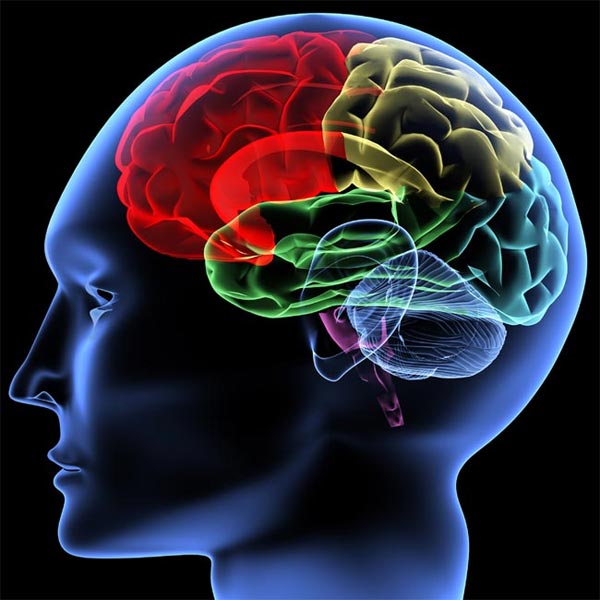New Stroke Guidelines Expand Use of Clot-Busting Drugs

Some people who've had a stroke can receive a clot-busting drug up to 4.5 hours after their symptoms begin, according to new guidelines from the American Heart Association.
Previously, the guidelines said the drug must be delivered within three hours of the onset of symptoms.
The drug, called tissue plasminogen activator, or tPA, breaks down blood clots in the brain, and can improve stroke symptoms and reduce the risk of disability. It is used only for strokes caused by blood clots, and not those caused by bleeding in the brain. The sooner the treatment is given, the better a patient's chances for recovery, said Dr. Edward Jauch, lead author of the guidelines and director of the Division of Emergency Medicine at the Medical University of South Carolina.
Currently, just 3 to 5 percent of stroke patients reach the hospital in time to be considered for the treatment, the AHA says. Researchers hope the new guidelines will increase the number of patients who receive the treatment, Jauch said.
Patients are eligible to receive tPA in the extended time window — 3 to 4.5 hours after stroke symptoms appear — if they are younger than age 80, if their stroke is mild to moderate in severity, if they are not taking anticoagulants (blood thinners), and if they do not have a history of stroke or diabetes, Jauch said.
Another new recommendation says stroke patients eligible for tPA should receive it within one hour of arriving at the hospital.
A 2007 European study showed the benefits of using tPA in the extended time window. In 2009, the AHA issued an advisory to doctors about the benefits of using tPA in the extended window, but this is the first time the recommendation has appeared in the organization's official stroke management guidelines.
Sign up for the Live Science daily newsletter now
Get the world’s most fascinating discoveries delivered straight to your inbox.
The new guidelines also recommend that hospitals offering specialized stroke treatment should collaborate with facilities that don't have such specialized treatments. For instance, the hospitals might set up a network for "telemedicine," which would allow doctors at special treatment centers to assess a patient remotely via a computer monitor or TV screen. Hospitals also should set up efficient systems that allow stroke patients to be quickly transferred from one hospital to another if needed, Jauch said
Symptoms of stroke include difficulty speaking (slurred speech) or understanding others, arm weakness or numbness, face numbness or drooping, and blurred vision. If you experience these symptoms, you should call 911 right away, the AHA says.
Pass it on: Some stroke patients can now receive a clot-busting drug up to 4.5 hours after the stroke occurs.
Follow Rachael Rettner on Twitter @RachaelRettner, or MyHealthNewsDaily @MyHealth_MHND. We're also on Facebook & Google+.

Rachael is a Live Science contributor, and was a former channel editor and senior writer for Live Science between 2010 and 2022. She has a master's degree in journalism from New York University's Science, Health and Environmental Reporting Program. She also holds a B.S. in molecular biology and an M.S. in biology from the University of California, San Diego. Her work has appeared in Scienceline, The Washington Post and Scientific American.









